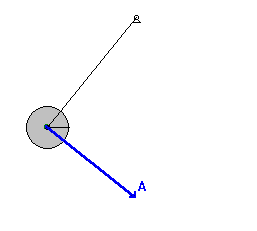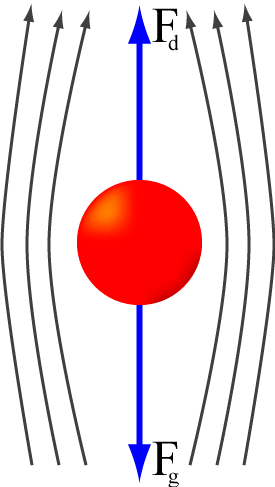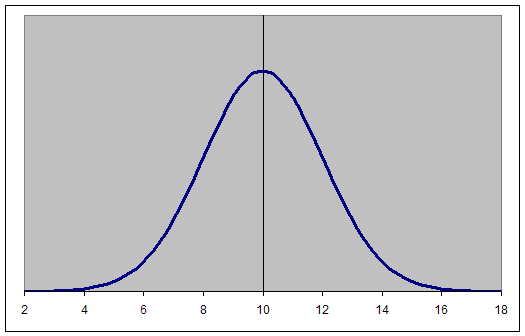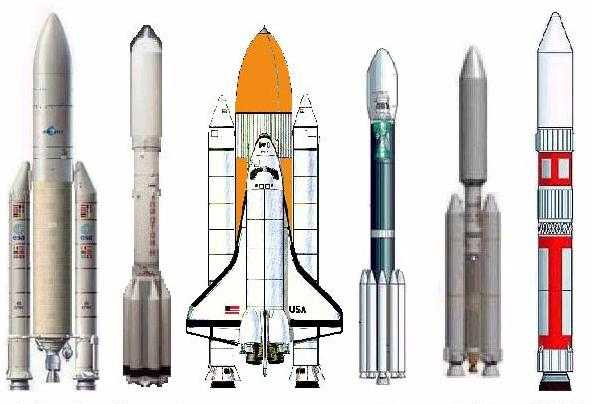I'm not sure whether it is related to density but i found it rather interesting to watch.
The gas is called sulfur hexafluoride and it is denser than the surrounding air.
Hope you like it.>_<
I'm not sure whether it is related to density but i found it rather interesting to watch.
The gas is called sulfur hexafluoride and it is denser than the surrounding air.
Hope you like it.>_<

As you can see from this animation, the velocity [V] and the acceleration vectors [A] is all acting on the middle of the pendulum.So as to conclude, the location of the gravity of the pendulum is in the middle of the bob.
Another question that was asked was where is the center of gravity when the plasticine is placed on top of it or wrapped around it.The center of gravity in this case is still the same as the pendulum did not changed but only one variable is added which is the plasticine.The center of gravity would still be the same apart from the amount of gravity as it would be heavier and thus, maybe more gravity acting/applied on it.

WHAT HE FOUND OUT:
1.The Archimedes Screw. Archimedes had invented / found out the screw which is normally used to transfer water.
2. The claw of Archimede
3.The Archimedes Heat Ray
4.Levers
5. Improving the power and accuracy of a caltapult
6.Used the method of exhaustion to find out the approximate value of TT



 earth is slightly flattened at the poles, the poles are a bit closer to the center of the earth than land on the equator, so the earth is not circle but sphere.Due to this reasoning, the North pole and South pole is closer to the core and the other lands are a bit further.The South pole is in Antarctica which is a very high plateau.So the gravity there would be less as compared to that in the North pole. The Earth is slightly flattened at the the North pole, which is in the middle of a deep ocean.The South pole is a continental which tends to be about 50km thick, while the North pole tends to be about 3 km thick.
earth is slightly flattened at the poles, the poles are a bit closer to the center of the earth than land on the equator, so the earth is not circle but sphere.Due to this reasoning, the North pole and South pole is closer to the core and the other lands are a bit further.The South pole is in Antarctica which is a very high plateau.So the gravity there would be less as compared to that in the North pole. The Earth is slightly flattened at the the North pole, which is in the middle of a deep ocean.The South pole is a continental which tends to be about 50km thick, while the North pole tends to be about 3 km thick.Continual from quicksand:
How to get out of quicksand.
Always bring a long stick with you when on this types of trips.Unknowingly, you even might find it useful!
 falling object achieves its terminal velocity when the downward force of gravity (Fg) equals the upward force of drag (Fd).
falling object achieves its terminal velocity when the downward force of gravity (Fg) equals the upward force of drag (Fd). This is related to the average question.If taking the average is good enough, what about STANDARD DEVIATION?
This is related to the average question.If taking the average is good enough, what about STANDARD DEVIATION?




 Newton's laws:
Newton's laws: This is a picture of the Royal Observatory in Greenwich.
This is a picture of the Royal Observatory in Greenwich.
Beam Balance:
Beam balance measures mass.
Mass is the amount of matter the object has.
The S.I. unit of mass is kg
Spring Balance:
Spring balance measures weight not mass.
Disadvantage: It requires gravity to measure.
The S.I. unit of weight is newton (N).
That is why when we are in outer space, we become lighter-there is less gravity!
Mass remains constant while weight is dependent on the gravitational pull of the planet. Mass only changes with a change in matter that results in a change of volume.
~~~~~~~~~~~~~~~~~~~ ~~~~~~~~~~~~~~~~~~~~
Mass remains constant throughout. Only weight changes with gravitational acceleration. Mass will only change with a change in the volume of matter in the body.

